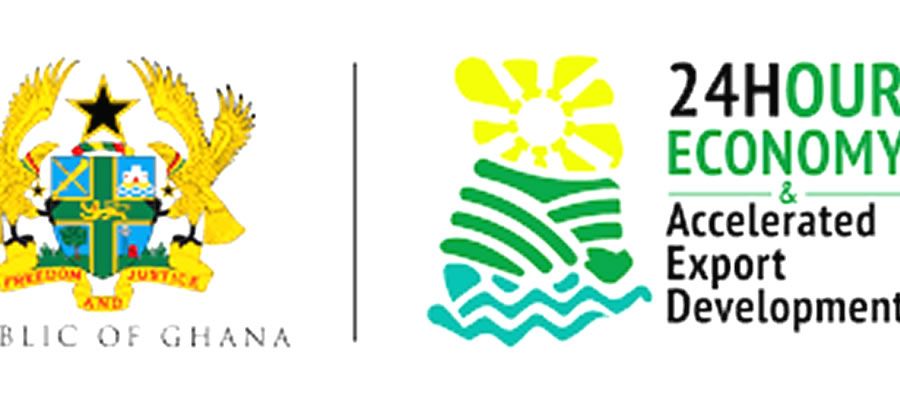

Main Source of Water for Drinking and other Domestic Uses
Table 8.9 shows the main source of water for drinking by households in the Agona East District. Household drinking water is obtained from eight sources in the district. They include pipe-borne water inside dwelling, pipe-borne water outside dwelling, public tap or stand pipe, borehole, river or stream, protected well, sachet water and unprotected well. Almost four out of every ten households (38.3%) in the district use public tab or stand pipe for drinking. About one-fifth of the dwelling units (19.0%) use bore-hole/pump/tube well while 16.9 percent used pipe-borne water outside dwelling for drinking.
Bathing and Toilet Facilities
Main Type of bathing facilities used by households
Figure 8.3 shows the main type of bathing facilities used by households in the district. It shows that there are three major bathing facilities in the district. These are shared separate bathroom in some house (29.4%), shared open cubicle (26.2%) and own bathroom for exclusive use (17.9%). About 7.7 percent of households in the district use bathrooms in another house while 6.2 percent use private open cubicles.
Main type of toilet facilities used by households
The availability of toilet facilities to a household goes a long way in measuring the sanitation level of the household. Type of toilet facilities used by household by type of locality is presented in Figure 8.4. More than half of the households in the district (52.2%) use public toilet (WC/KVIP/ Pit/Pan etc.) as their main source of toilet facility. About 23.0 percent of households use pit latrine as their main source of toilet facility in the district. A sizeable proportion of households (10.4%) have no toilet facility and hence use bush/beach/field as their toilet facility.
Method of Waste Disposal
Another means of measuring sanitation is the means of waste disposal by households. Table 8.10 presents information on method of solid and liquid waste disposal by type of locality. About six out of every 10 households (65.9%) dispose off their solid waste at public dump (open space) while 15.3 percent of households dispose of their solid waste in public dump (container).
Table 8.10 further shows that 10.1 percent of households in the district dispose off their solid waste through burning. Eight out of every 10 households in the rural localities (82.5%) dispose off their solid waste through public dump (open space). The Table again shows that 3.6 percent of households dispose-off their solid waste through “indiscriminate dumping” in both urban and rural localities respectively.
Table 8.10 further shows that 33.0 percent of households dispose off their liquid waste by throwing onto the street/outside, 43.8 percent through throwing onto the compound and 14.8 percent through throwing into gutters.
In the urban localities, the main means of liquid waste disposal by households are throwing onto the street/outside (37.3%), throwing onto compound (26.3%), and throwing into the gutter (24.8%). More than half (58.6%) of households in the rural areas dispose off their liquid waste by pouring them onto the compound.
Date Created : 6/7/2018 3:30:51 AM












 facebook
facebook
 twitter
twitter
 Youtube
Youtube
 +233 593 831 280
+233 593 831 280 0800 430 430
0800 430 430 GPS: GE-231-4383
GPS: GE-231-4383 info@ghanadistricts.com
info@ghanadistricts.com Box GP1044, Accra, Ghana
Box GP1044, Accra, Ghana